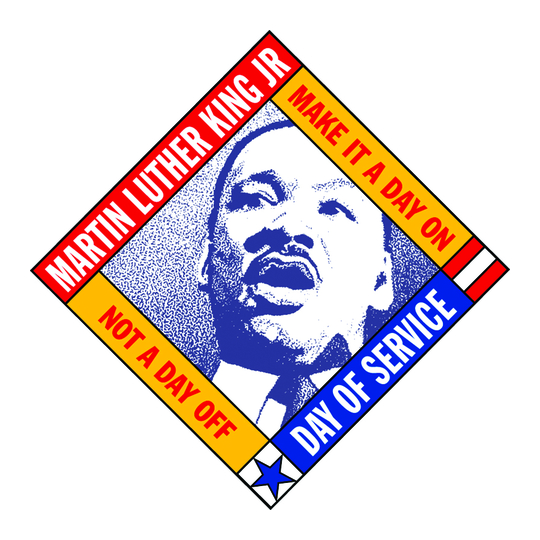So much more than you think: Martin Luther King, Jr.

by Rob Howard
Associate Editor
Although most people remember Rev. Dr. Martin Luther King, Jr. as a leader in the fight for black civil rights in the 50s and 60s, that doesn’t completely define him. He also fought for those in poverty, black and white, and as the Vietnam War scaled up, spoke out against that divisive and unnecessary war. He was a model of non-violent confrontation of injustice. He cited his Christian faith and ministry as what drove his civil rights work.
In a 1967 sermon, he said, “Before I was a civil rights leader, I was a preacher of the Gospel. This was my first calling and it still remains my greatest commitment. You know, actually all that I do in civil rights I do because I consider it a part of my ministry. …I don't plan to do anything but remain a preacher. And what I'm doing in this struggle, along with many others, grows out of my feeling that the preacher must be concerned about the whole man.”
King also adopted non-violence as part of his civil rights efforts. Veteran civil rights activist Bayard Rustin, who was gay, introduced King to nonviolence. Rustin came from the Christian pacifist tradition, and had studied Gandhi’s teachings. In Stride Toward Freedom King “wrote about his understanding of nonviolence, which seeks to win an opponent to friendship, rather than to humiliate or defeat him,” according to Wikipedia.
In 1955, when he was pastor of a church in Montgomery, Rosa Parks was arrested for refusing to give up her seat to a white. The resulting 385 day Montgomery bus boycott resulted, led by King, and ending only after a Federal District Court ended racial segregation on all Montgomery public buses. It was the first great non-violent civil rights demonstration in contemporary America, and it put King on the national stage.
In 1957, King, along with other leading civil rights activists, founded the Southern Christian leadership Conference. King led the SCLC until his death. Through years of toil in cities in both the South and the northern states, King worked for an end to segregation in all aspects of community life.
Many remember the Montgomery strike, which was the first great non-violent civil rights demonstration in contemporary America. It lasted 385 days. Other high points were the Selma to Montgomery march, and the 1963 March on Washington. His “I Have a Dream” speech at the march is credited with putting civil rights at the top of reformers lists, and facilitating the passage of the Civil Rights Act of 1964.
In 1964, he was awarded the Nobel Peace Prize for his non-violent resistance to racial prejudice in the US.
King took his fight for the poor to Chicago in 1966, where he helped organize the Chicago Open Housing Movement. King had long been against US involvement in Viet Nam, and in 1967 spoke out against the war.
In 1968, he traveled to Memphis to support a sanitary workers strike in the city. On April 3, he gave the last speech, saying, “…I've seen the promised land. I may not get there with you. But I want you to know tonight, that we, as a people, will get to the promised land.”
The next night, April 4, 1968, Rev. Dr. Martin Luther King, Jr., the greatest civil rights leader our country has ever seen, was assassinated.
Christian minister, civil rights leader, non-violent model, fighter for the poor, anti-war activist – Martin Luther King was all these things. Every person in the United States has been affected in some way by Dr. King’s life and work. We honor him this year on January 18, the national holiday established in his memory.
The Gayly - 1/18/2016 @ 8:08 am CST





